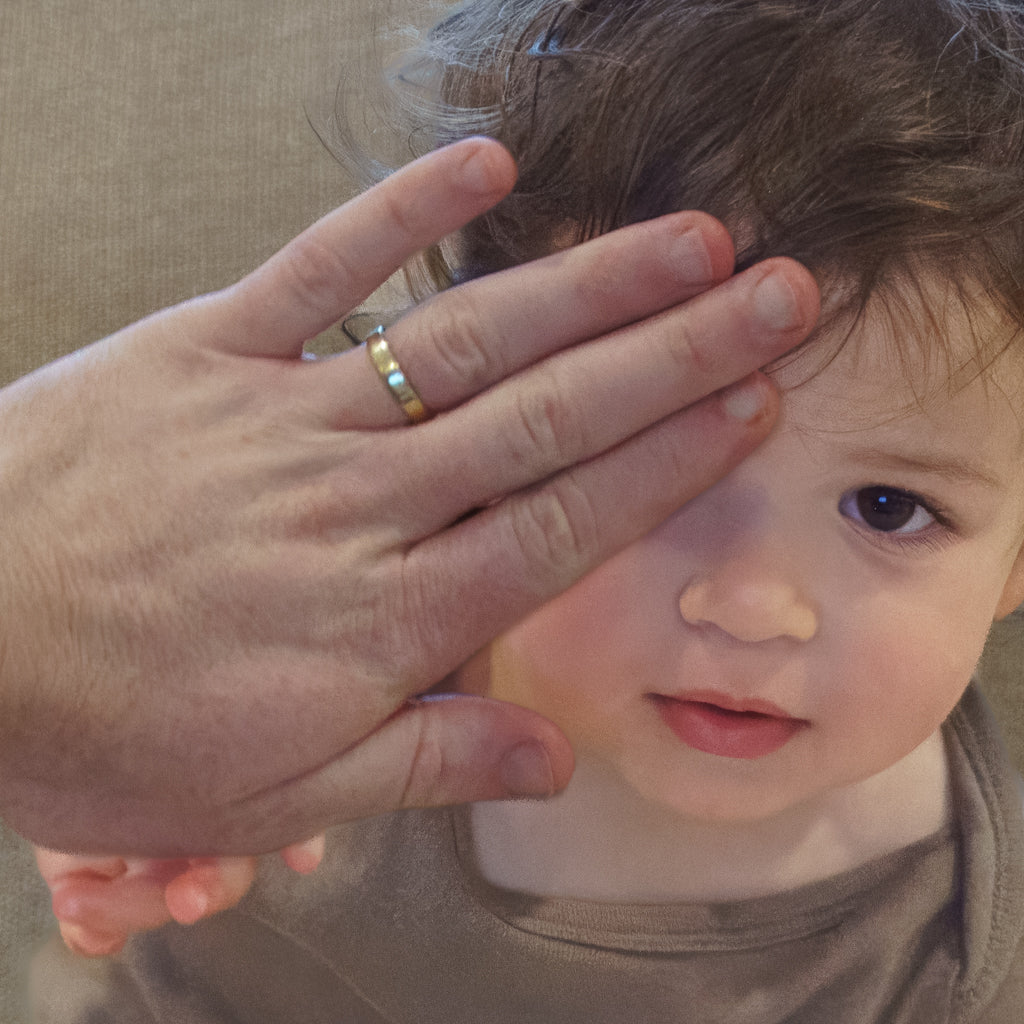
How do I know if my child is using both of their eyes?
Have you thought about whether your baby is using both of their eyes? In this article, I’ll guide you through a quick and easy technique to find out! Doing this simple activity with your baby could help detect serious eye diseases, ensure they’re on track to develop depth perception, and even reduce their risk of future eye injuries.
Watching your little one clumsily move around, explore, play with toys, and recognize you are all great ways to know they are seeing relatively well. But babies can do all of these things even if only one eye is working. There are many cases where one eye lags behind, doesn’t see clearly, or develops a disease that impacts vision, and the other eye ends up “taking over” when providing visual information to the brain. It’s easy to miss these conditions because kids (and even adults with these same issues) can do most things using the healthy, normal-sighted eye. It seems like they are seeing and doing everything they should.
Why is using two eyes important?
Using only one eye can hold children back from career development and make driving, sports and mobility more difficult. If children are not using both of their eyes together, they won’t develop proper depth perception. It can also make them more prone to accidents and falls, and even increases the risk of them having an eye injury. Studies show that people with one weaker eye are eight times more likely to have an injury to the better eye. If the injury is severe enough, a child can be left with just their weaker eye, which is another important reason to ensure both eyes are seeing well.
As parents, we obviously don’t want our children to have any limitations, especially avoidable ones. So, the best thing to do is to make sure each of your baby’s eyes is healthy and seeing well, but how do you do that? The easy answer is to schedule them for an eye exam with your local eye doctor. The American Academy of Optometry and Ophthalmology recommend a baby’s first eye exam occur between the ages of 6 months and 1 year of age. An eye doctor will be able to determine whether each eye is seeing and functioning the way it should. But what can parents do at home, before that first appointment or if a pediatric eye doctor isn’t easily accessible?
The Technique
There’s a quick check I use when examining little ones and it starts by finding something your baby enjoys looking at. It can be a new toy, a sibling, or a video (my kid LOVES Ms. Rachel on YouTube). You want something to keep their attention for a few minutes, no small feat I realize. For now, let’s assume it’s their favorite toy. Sit them in your lap with the toy in front of them. Cover up one of their eyes with the palm of your hand and watch their behavior towards the toy. Now uncover the first eye and cover the other one. Watch their behavior again. Do this several times alternating between covering each eye.
The Interpretation
How do you interpret their behavior? It should be EQUAL. This does not mean your little one will love you putting your hand on their face, who does? But if they don’t like it on one side, they should dislike it on the other side too. If they push your hand away on one side, they should push your hand away on the other. If they sit there and do nothing on one side, they should sit there and do nothing on the other …you get the idea. Whatever the response, you’re looking for it to be about the same. It’s good to check their eyes on different days and when they’re in different moods to get a general idea of how they act.
Expert tip: each time you check their eyes, start with a different side! Don’t always do left then right or right then left. Mix it up! It’s also a good idea to cycle in new, different items to look at instead of using the same toy or video each time.
This eye check is a powerful tool that is used routinely by pediatric eye doctors to get an idea of whether one eye is seeing similarly to the other. If their eyes are seeing similarly, babies should react the same to having each side covered. Now think about if your baby has one really strong eye, and another that doesn’t see very well. When you cover the eye that doesn’t see well, they won’t really care or notice because they can still see well out of their good eye. But when you cover the eye that is seeing well, now you’ve blocked them from looking at their new toy and they will fuss or push you away. THIS is the first indicator that the vision between the eyes is imbalanced. While it is a quick, “rough” check, it can be quite effective at detecting vision issues in one eye. I’ve used this technique thousands of times on babies I examine in clinic, and it’s been super helpful in determining which eye is the problem.

What else is there to know?
Of course, with quick tests like this there are limitations. If both of your baby’s eyes aren’t seeing well, you won’t expect to observe an imbalanced response. Also, the imbalance must be significant for your baby to react differently on each side (meaning enough that they notice the difference in vision on each side). Babies are also squirmy, unpredictable and unreliable. Good thing they make up for it in cuteness! So, it may be harder than you think to assess your baby’s responses. My tip is to try multiple times, in multiple scenarios, on different days. Maybe a toy isn’t working, so a video or a grandparent making faces at them does the trick. You’re looking for anything that engages them long enough for you to try both sides a few times.
If you want to learn more about this technique, its official name is called “resistance to occlusion”. This examination technique is later replaced by more precise ways of checking vision when one gets older. It’s the reason your optometrist or ophthalmologist doesn’t put you on their lap with a toy while they cover each of your eyes. You get the super fun task of picking which is clearer, one or two? But, for wee little eyes, this technique is a great start.
Remember, babies can resist each eye being covered and that’s ok! It means each eye is equally important to them, and that’s a great sign! You’re looking for an unbalanced response. If you find it, tell your baby’s pediatrician or eye doctor and they’ll take it from there. Luckily, and especially with early intervention, a lot of the conditions causing this imbalance are treatable. If all signs point to your baby having equal vision in both eyes, then congratulations! Amazing job trying out a real pediatric eye exam technique at home and checking on your baby’s ability to use both their eyes.
I’d love to know whether this technique worked for you and your little one, leave a comment with your success story or feel free to ask any questions if you need any help! Thanks for reading!
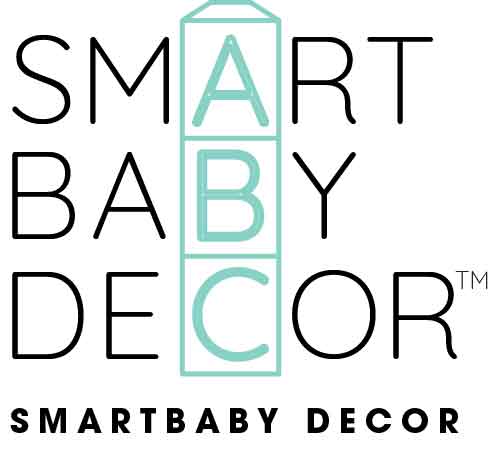
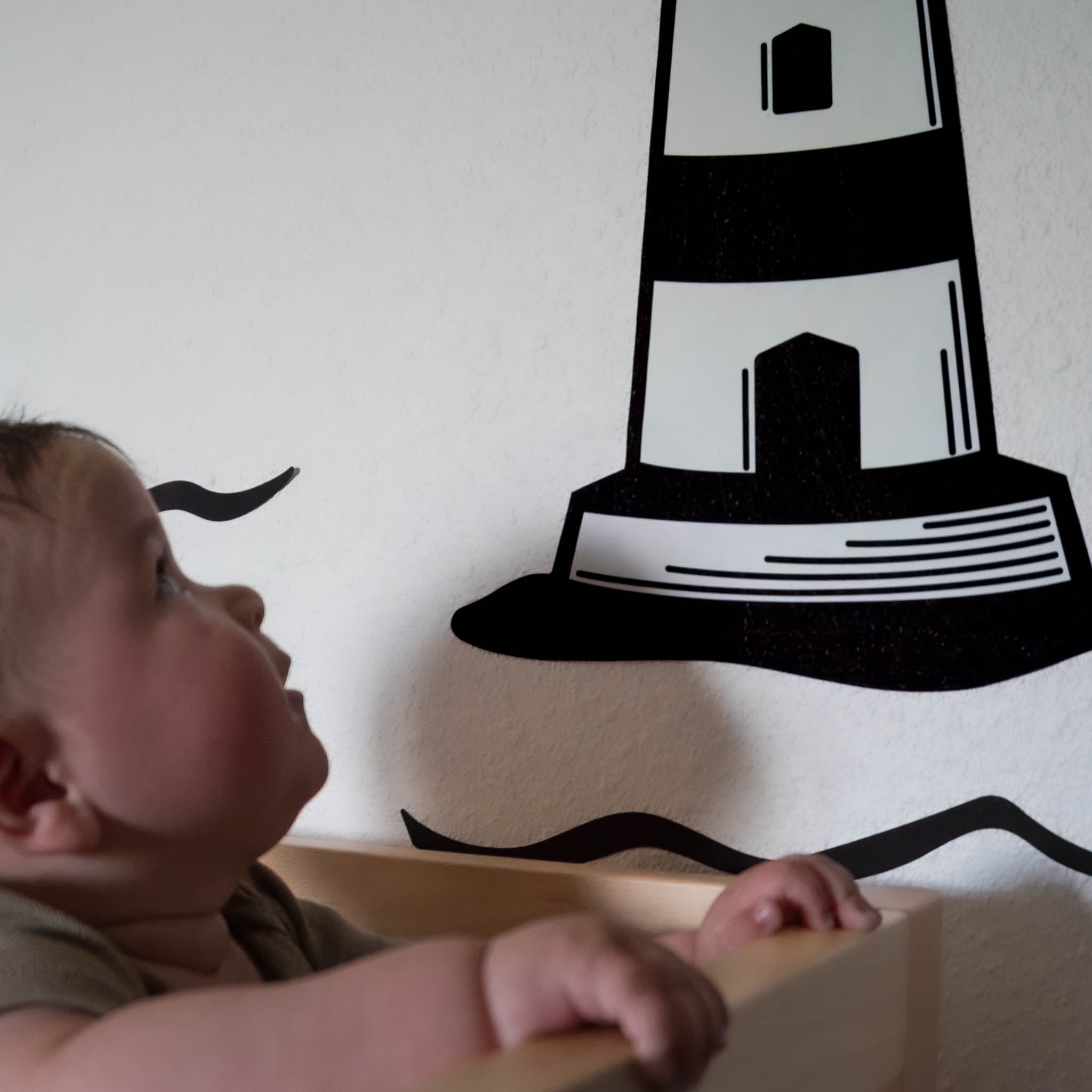
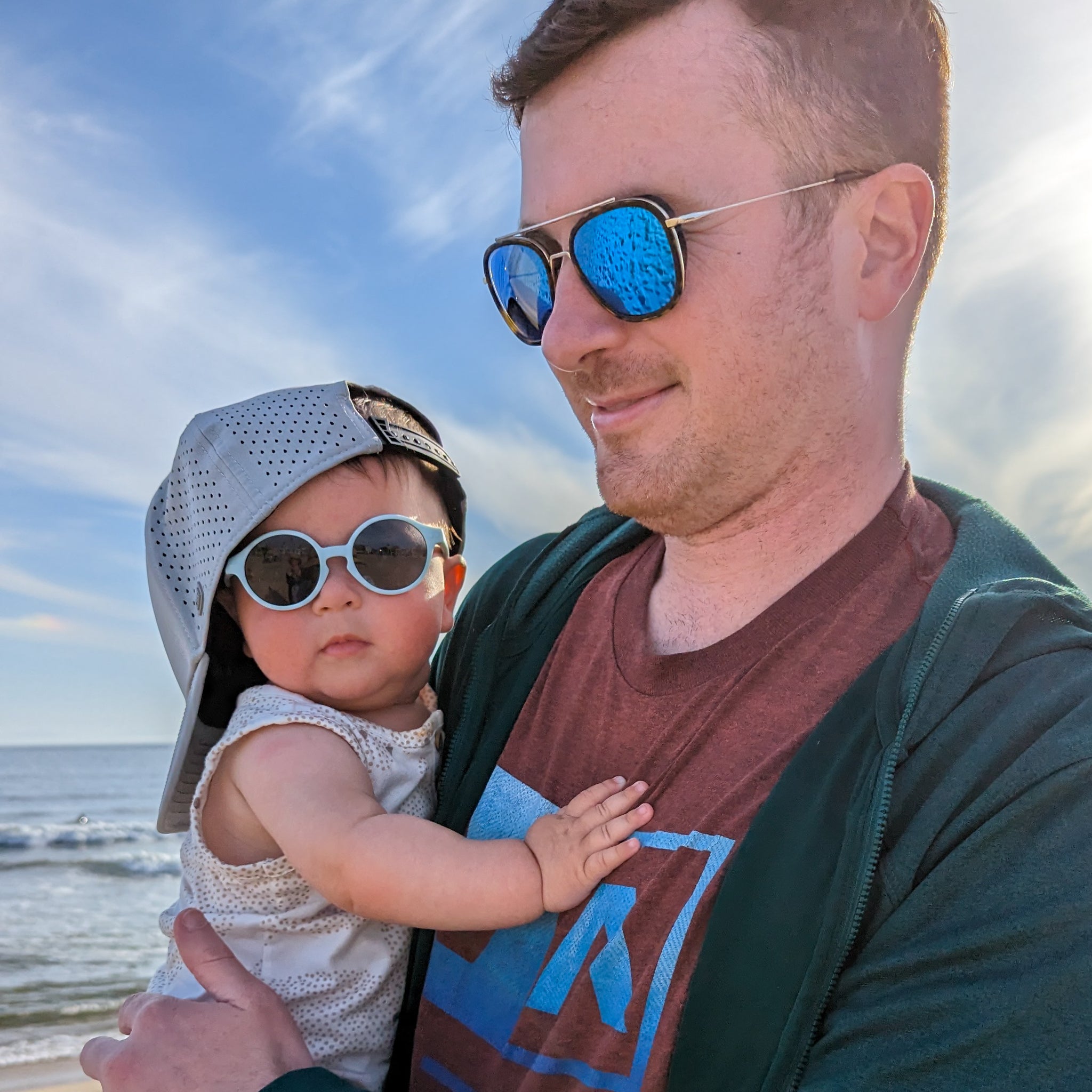
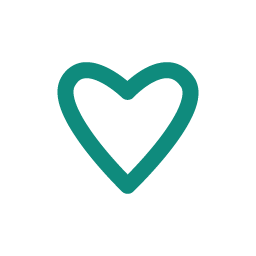
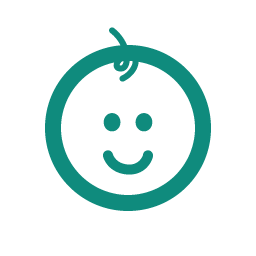
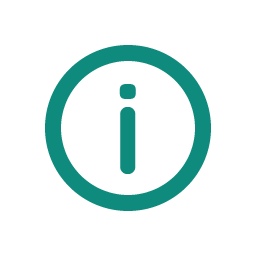
Leave a comment
This site is protected by hCaptcha and the hCaptcha Privacy Policy and Terms of Service apply.